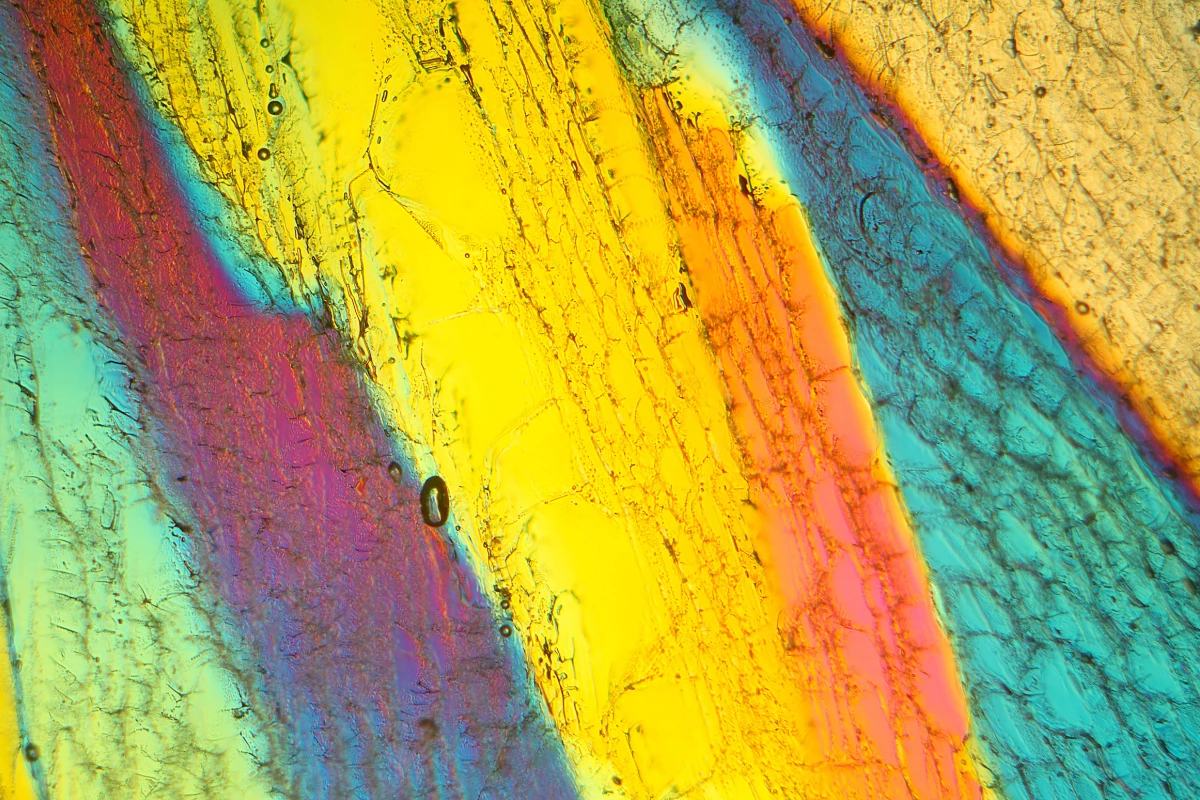A team of scientists from the Korea Research Institute of Standards and Science (KRISS) has discovered a new form of ice, designated as ice XXI, which forms at ambient temperatures and under high pressure. This groundbreaking finding could enhance our understanding of water’s behavior in extreme environments, including icy planets and deep Earth conditions.
Water is known to freeze into more than 20 types of ice, each with unique internal structures. While most people are familiar with the common ice found in freezers, other forms, such as ice VI, typically require significant pressure to form. Researchers have been investigating these exotic ice types for over a century, not only out of curiosity but to ascertain how water might behave in extreme conditions that could support alien life.
The discovery of ice XXI was made using advanced techniques that combined diamond anvils with X-ray lasers. This setup allowed scientists to observe how super-compressed water behaves at room temperature. Unlike traditional freezing processes, which occur in a single step, the team found that water underwent multiple freeze–melt cycles before forming ice XXI within the pressure zone typically associated with ice VI.
What sets ice XXI apart is its unique atomic structure, which is different from all known ice types. Additionally, it is described as metastable, meaning it can persist in an unstable form for a period, providing insights into the formation of ice under pressure. According to Geun Woo Lee, a scientist at KRISS, “Rapid compression of water allows it to remain liquid at higher pressures, where it should have already crystallized to ice VI.”
The research involved creating high-pressure conditions by loading ultra-pure water into a thin metal chamber. Using high-speed cameras, laser sensors, and meticulous real-time monitoring, the scientists captured the complex processes of freezing and melting at room temperature. The pressure was pulsed up and down, allowing them to track changes in structure, pressure, and volume with remarkable accuracy.
To pinpoint the exact moment water transforms into ice XXI, the team employed powerful X-ray beams at the European XFEL. The scattered X-ray signals were analyzed using a program called DIOPTAS, while pressure adjustments were synchronized with the freezing process. Two types of detectors operated at different speeds, offering a detailed view of the transformation.
The team also conducted molecular dynamics simulations using two models: SPCfw45 and TIP4P/Ice46. The TIP4P/Ice model maintains fixed molecular angles and bond lengths, suitable for high-pressure ice research, whereas SPCfw is more flexible, allowing for distortions in hydrogen bonding as seen in ice VI. Both models revealed similar trends in water’s response to pressure, aligning with experimental findings.
During these high-pressure experiments, the results indicated that water does not freeze uniformly. Instead, it follows at least five different pathways before settling into ice VI. Ice XXI, which forms at around 1.6 gigapascals with a body-centered tetragonal crystal structure, stands out due to its higher energy compared to MS-ice VII at room temperature.
The implications of this research extend beyond theoretical interest. Rachel Husband, another team member, noted that the findings suggest the existence of additional high-temperature metastable ice phases and their transition pathways, which could provide new insights into the composition of icy moons.
The study detailing these findings is published in Nature Materials, marking a significant advancement in the field of materials science and our understanding of water under extreme conditions.






































































